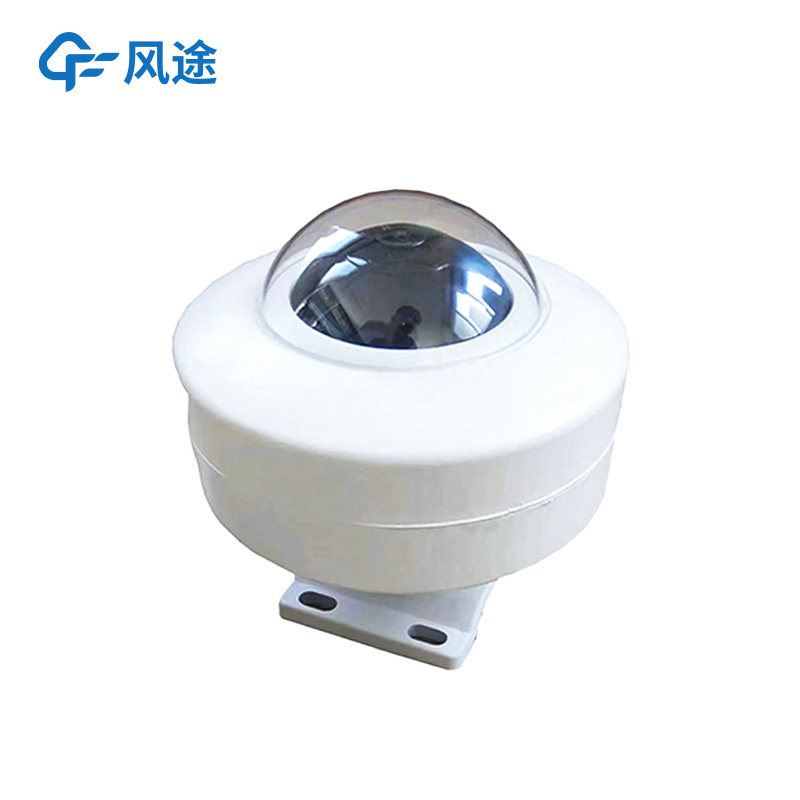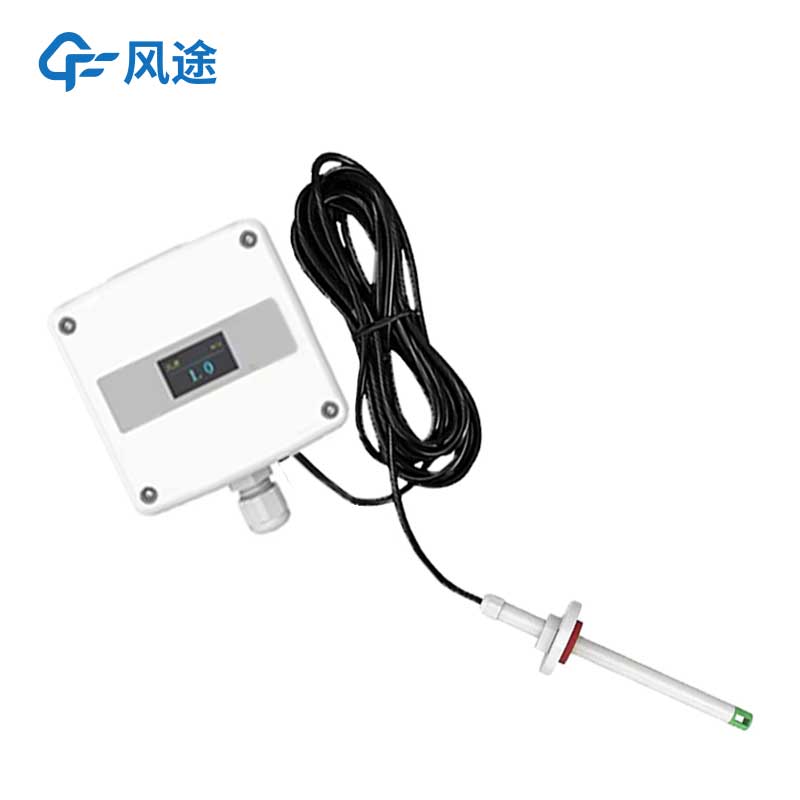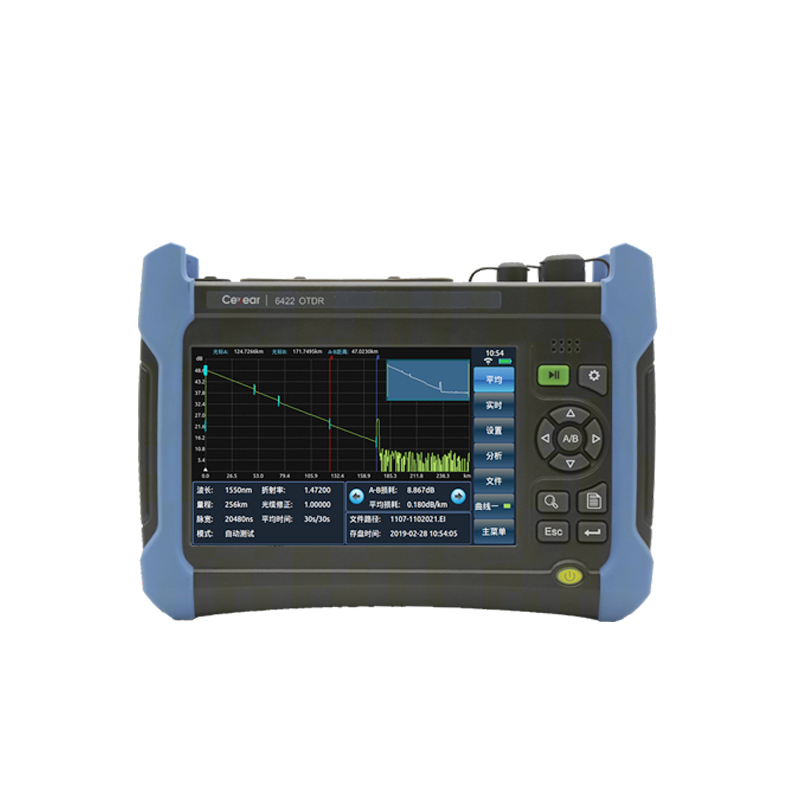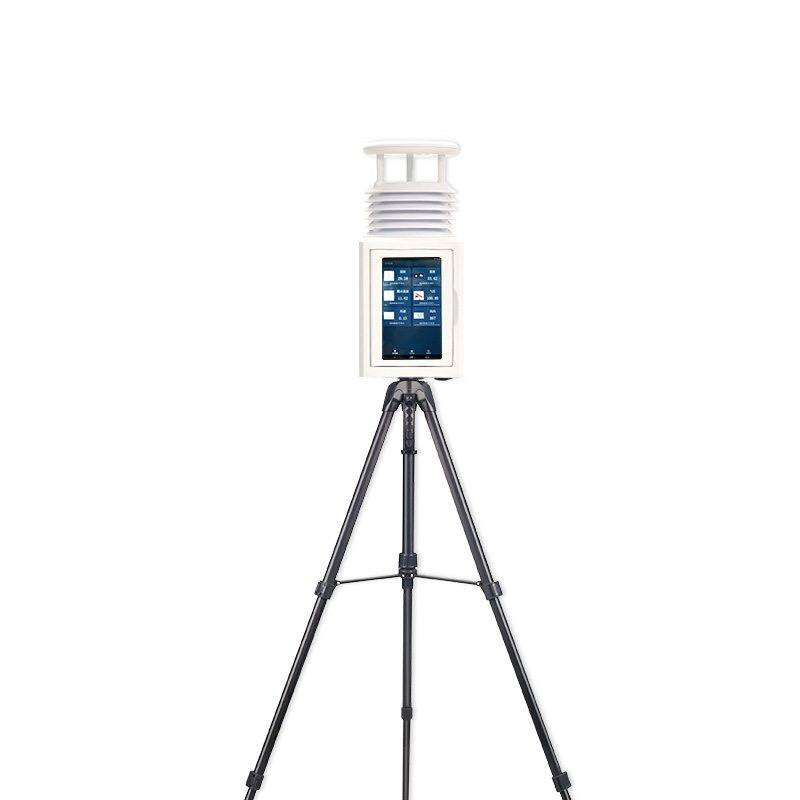Product
Recommended article
- One - Stop Dust Monitoring Solution
- How Forestry Weather Stations Bolster Forest Fire Prevention Efforts
- Discover the Power of Negative Oxygen Ion Monitoring System for Cleaner Air
- Comparative Analysis of Ultrasonic and Automatic Weather Stations in Meteorological Monitoring
- Breaking Through the ‘Last Meter’ with Online Dust Monitoring System
- Mastering Road Conditions with Road Weather Station
Contact us
Shandong Fengtu IOT Technology Co., Ltd
Sales Manager:Ms. Emily Wang
Cel,Whatsapp,Wechat:+86 15898932201
Email:info@fengtutec.com
Add:No. 155 Optoelectronic Industry Accelerator, Gaoxin District, Weifang, Shandong, China
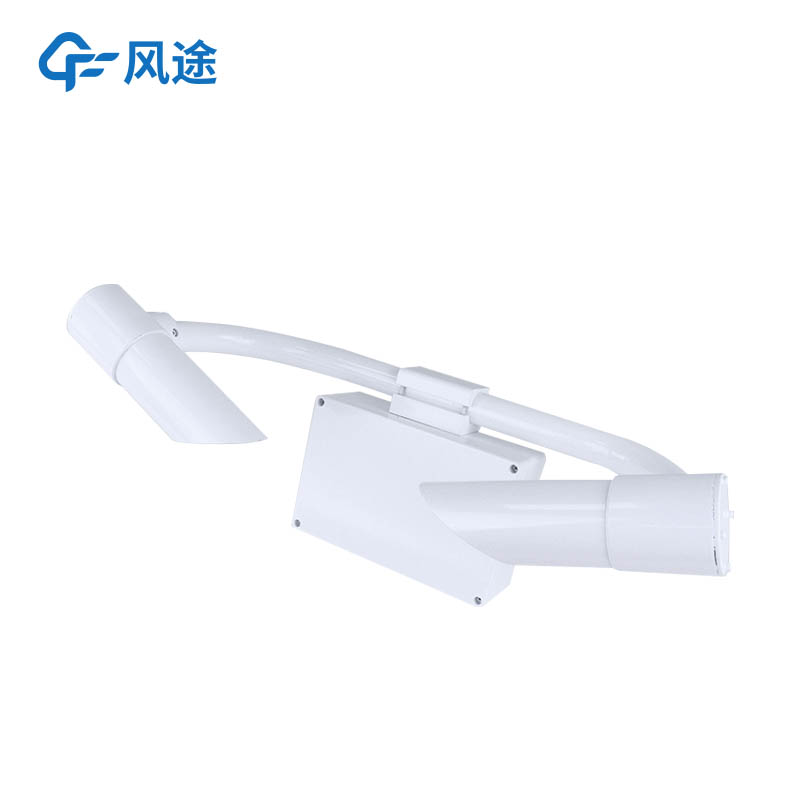
Present weather and visibility sensor
Model:FT-N30
Brand:fengtu
Related products
1. Present weather and visibility sensor product introduction
Present weather and visibility sensor is a laser-type sensor that measures visibility. Additional options can be used to measure precipitation and snowfall.The N30 Present weather and visibility sensor uses the forward scattering method to measure the total extinction coefficient of the air and then calculates the current visibility. It is widely used in road transportation, meteorology and other industries.
2. Technical features of Present weather and visibility sensor
1. The instrument shell is made of high-quality aluminum material, which is spray-painted after anodizing. The whole machine has excellent waterproof, dustproof and anti-collision properties;
2. The transmitting and receiving lenses of the instrument are designed downward, which greatly reduces interference from stray light such as sunlight;
3. Weather phenomenon recognition, which can identify fog, rain, snow, mixed precipitation, sunny and other weather phenomena, with a high recognition rate;
4. Built-in watchdog circuit to ensure reliable and stable outdoor operation for a long time;
5. The instrument communication and power interfaces all include lightning protection designs, which greatly reduce lightning strikes and static electricity damage;
6.12~24V wide voltage power supply, total power is about 1W, very low power consumption, and can be powered by solar panels, batteries, etc. for a long time;
7. The digital interface uses RS485 or RS232, standard MODBUS protocol, no protocol adaptation is required;
8. The instrument can output 15s, 1min, and 10min visibility values, which can be read directly without configuration, making it more flexible to use.
3. Present weather and visibility sensor implementation standards
QX/T 536-2020 Forward scattering visibility meter test method
4. Technical indicators of Present weather and visibility sensor
| Main parameters | Parameter range | resolution | error |
| Measuring range | 30km | 1m | ≤2km ±2%2km~10km ±5%>10km ±10% |
| Repeatability | ≤4% | ||
| weather phenomena | Fog, rain, snow, mixed precipitation, sunny | ||
| Weather phenomenon recognition rate | ≥95% | ||
| working temperature | -40~60℃ | ||
| Working humidity | 0~100%RH | ||
| Working power supply | 12~24V | ||
| Power consumption | 1W | ||
| size | 610x230x360mm (length x width x height) | ||
| weight | ≤10kg | ||
5. Present weather and visibility sensor installation instructions
1. Installation location
The installation location of the visibility meter needs to be on an open, flat, unobstructed ground, away from buildings, trees, shrubs, peaks and other objects. This ensures that the instrument's observation range is not blocked and the data is more accurate.
Unnecessary optical interference should be avoided. The receiver of the visibility meter should be installed facing away from a strong light source (such as sunlight), and the transmitter and receiver should be located in the north-south direction.
2. Installation height
The installation height of the visibility meter should be greater than 1.5m and less than 3m. If the installation height exceeds 3m, the corresponding height should be calibrated.
3. Installation steps
3.1 Before installation, the user should prepare the upright column and install it on the upright column using the clamp provided with the instrument.
3.2 Lift the instrument to a suitable position and use the bolts behind the clamp to install and fix the visibility meter. During installation, ensure that the openings of the receiver and transmitter are facing downwards, otherwise they should be reinstalled.
Related article
-
Principle of field mini weather station
2024-04-09 -
The Portable Meteorograph for Mobile Weather Tracking
2024-09-02 -
Microclimate Monitor Recommendations
2024-07-10 -
Fighting Against Dust: The Role of Dust Detector in Urban Sustainability
2024-12-18 -
Hand-operated lifting bar lightning rod with flexible design
2024-02-18 -
Enhancing Traffic Safety with the Road Weather Information System
2024-09-06 -
Substation micrometeorological environment monitoring
2024-06-18 -
Combatting Dust: The Role of Dust Monitoring Equipment in Protecting Air Quality
2025-01-02


 Get a Free Quote
Get a Free Quote